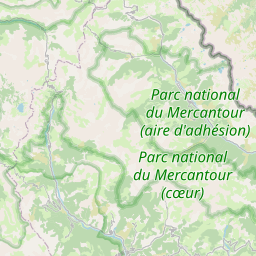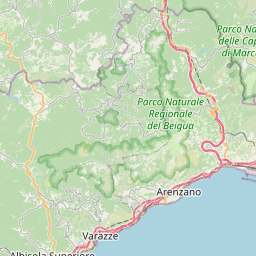The first known mention of Berghe (archives of Ventimiglia’s diocese) relates to a chaplain who officiated there in 1644. In 1699, three heads of families were located according to Saorge’s census. The distinction between the two hamlets came later. The attributes “Lower” and “Higher” do not reflect the altitude, but the distance from Fontan.
With the hamlet of Granile (Tende), further north, the two Berghe hamlets overlook on the right bank the narrow gorges of Roya, known as Berghe and Paganin, and are located under the winter snow line. They were served by trails skirting the gorges of the Roya or coming from them, and others leading to barns and pastures further west.
Berghe hamlets were only accessible by a carriageway in 1946. The road project dated from the end of the 19th century, but was always delayed, especially by the conflicts. At the end of the Second World War, thirty German prisoners of war were put at the disposal of the Bridges and Roads (Ponts et Chaussées – French public construction organization) to speed up the completion of the work.
The two tight groupings of buildings present a beautiful insertion in a hilly landscape mixing forests, gardened terraces and rock walls.
The church of Berghe Superieur (Notre-Dame de la Merci) was rebuilt after 1781. Similarities of styles suggest that the Berghe Inférieur’s Chapel (Notre-Dame du Rosaire) is also from the second half of the 18th century. These are two interesting examples of rural rustic Baroque chapels in the region.
In 1871, Fontan was separated from Saorge to become an autonomous town with Berghe hamlets.


















